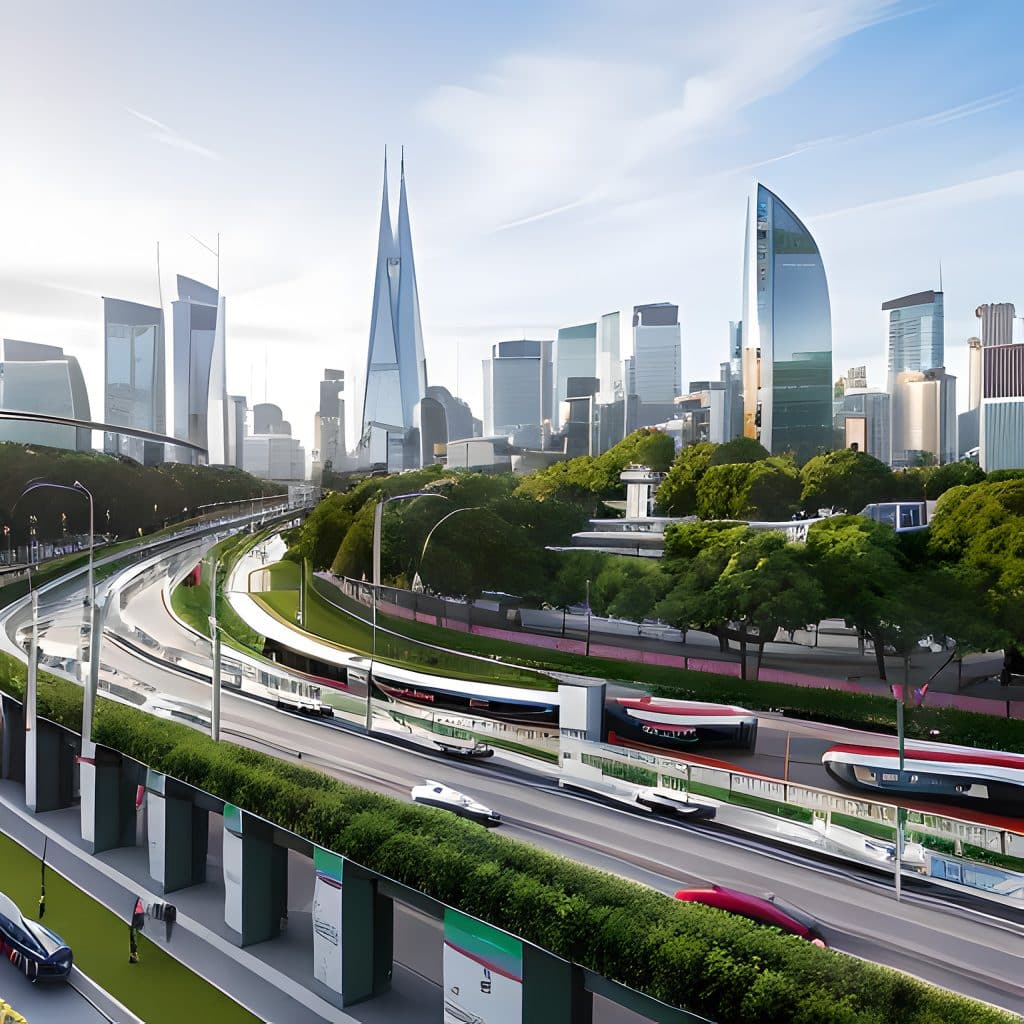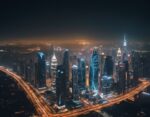The impact of transportation on daily life is difficult to overstate. As a critical component of modern society, transport has shaped how people live, work, and interact. Throughout history, innovations in transportation systems have revolutionized lifestyles and urban development.
Public Transit Revolution
High-speed trains can cover vast distances in a fraction of the time. That high-speed capacity significantly reduced travel times and made international journeys more accessible. The growing popularity of bus rapid transit systems has also contributed to enhanced connectivity in urban areas. In addition, on-demand shuttles offer unparalleled flexibility, catering to the dynamic needs of passengers. By integrating various transit options, commuting has become seamless and efficient, revolutionizing urban mobility.

Electric Vehicles and Their Role
The rise of electric cars has been a game-changer in transportation, offering an eco-friendly alternative to traditional combustion engines. In addition, electric bikes and scooters have gained prominence, providing a convenient and energy-efficient mode of transportation. Advancements in charging infrastructure have further accelerated the adoption of electric vehicles, paving the way for a cleaner, greener future.
Ride-Sharing and Carpooling
The advent of ride-sharing platforms has made shared transportation services ubiquitous, enhancing mobility options for millions. Carpooling offers numerous benefits, such as reduced fuel consumption, lower transportation costs, and fostering social connections. In addition, by pooling resources, ride-sharing and carpooling contribute to reduced traffic congestion and emissions, fostering sustainable urban environments.
Since 2016, ride-sharing has become an incredible growth story. Now 36% of Americans use the services, which experts expect will continue to grow. Although ride-sharing has problems, it provides ride access to people needing alternatives. In addition, using apps may be much less expensive than vehicle ownership. The current average cost of car ownership in the U.S. is over $10,000 yearly.
Autonomous Vehicles
Progress in self-driving technology has the potential to revolutionize the way people travel. Autonomous vehicles promise increased transportation efficiency, reduced human error, and enhanced safety. However, people will have to address many common concerns regarding security, regulatory considerations, and ethical dilemmas before widespread adoption.
Entire smart cities may dominate urban development in the coming years, and many will offer autonomous driving as a core amenity. Connected Autonomous Vehicles, or CAVs for short, unleash the transformative potential of smart cities.
Autonomous vehicles provide increased safety and security for people, reducing the need for elderly or impaired drivers to operate personal vehicles. In the past, not driving may have meant you no longer had mobility. A CAV system means that it never has to happen.
Micro-mobility Solutions
E-bikes, e-scooters, and shared bicycles have gained traction as effective micro-mobility solutions. These modes of transportation excel in short-distance travel, offering convenience and agility in navigating urban landscapes. By integrating micro-mobility with public transit, cities can create a comprehensive transportation network that caters to diverse needs.
Cities are spending more time making walkable and ridable areas that make sense. Walking remains the least expensive of all transportation methods and is also a foundation of excellent health. New cities will bake this functionality in from the start. Older, established cities must undo or redo urban planning concepts from the past to create linked neighborhoods, and Pedestrian-First rules that encourage travel by foot!

The Hyperloop and Future Transportation
The Hyperloop, a cutting-edge transportation system that propels passengers in levitating pods through vacuum tubes, promises unprecedented speed and efficiency. Its environmental and efficiency benefits could revolutionize long-distance travel. As a result, current projects and prospects for the Hyperloop continue to capture the imagination of visionaries and engineers alike.
Hyperloop was first outlined in 2013 by Elon Musk in a detailed whitepaper. Essentially, passengers will be placed in pods and shot through a tunnel system at 600 mph to reach their destination in great times. For example, visitors could get to New York City from Washington DC in thirty minutes, opening up significant possibilities for people living in those areas. So far, there has been a limited amount of good news on Hyperloop development, but investments in research continue.
Smart Cities and Intelligent Transportation Systems
Innovative traffic management and optimization techniques are shaping the future of urban transportation. Real-time data and predictive analytics enable dynamic adjustments to traffic patterns, reducing congestion and enhancing the overall travel experience. By embracing intelligent transportation systems, cities can create efficient, responsive, and adaptive urban environments.
Forty-three thousand people die from traffic-related accidents each year. Vision Zero plans on reducing that number using technology. They also want to change people’s minds that accidental vehicle-related deaths and injuries are unavoidable to entirely preventable.
Sustainable Transportation
Efficient transit solutions play a vital role in reducing carbon emissions, which is immensely helpful in mitigating the effects of climate change. Green transportation alternatives, such as electric vehicles and public transit, contribute to a more sustainable future. Governments and policymakers must prioritize and incentivize sustainable transportation initiatives to create lasting change.
The U.S Government, hoping to catch up to global rivals, is currently ramping up efforts to create the infrastructure necessary for sustainable transportation. That means more charging stations, energy-efficient mobility stations, and research on emerging solutions. With funds available for entrepreneurs and local governments, the country plans on leading the way in green energy production and development.
The Impact on Lifestyle and Urban Planning
The shift towards walkable communities encourages healthier, more active lifestyles. Cities can foster vibrant, pedestrian-friendly environments by reimagining urban spaces and architecture. Active transportation, such as walking and cycling, has been linked to numerous lasting health benefits, including improved mental well-being and reduced risk of chronic diseases.
Now that urban planning and machine learning are becoming fast friends, an explosion of new, data-driven ideas will likely transform cities. For example, machine learning can find cost efficiencies for energy use and ways to optimize pedestrian, public transportation, and vehicle traffic.
We Live in Exciting Times
The future of transportation and its effect on daily life is continuously evolving. By embracing innovation and prioritizing sustainable, efficient solutions, societies can create a better future for all. The transformation of transportation systems will continue to shape how people live, work, and interact, fostering more connected, vibrant, and sustainable communities.





